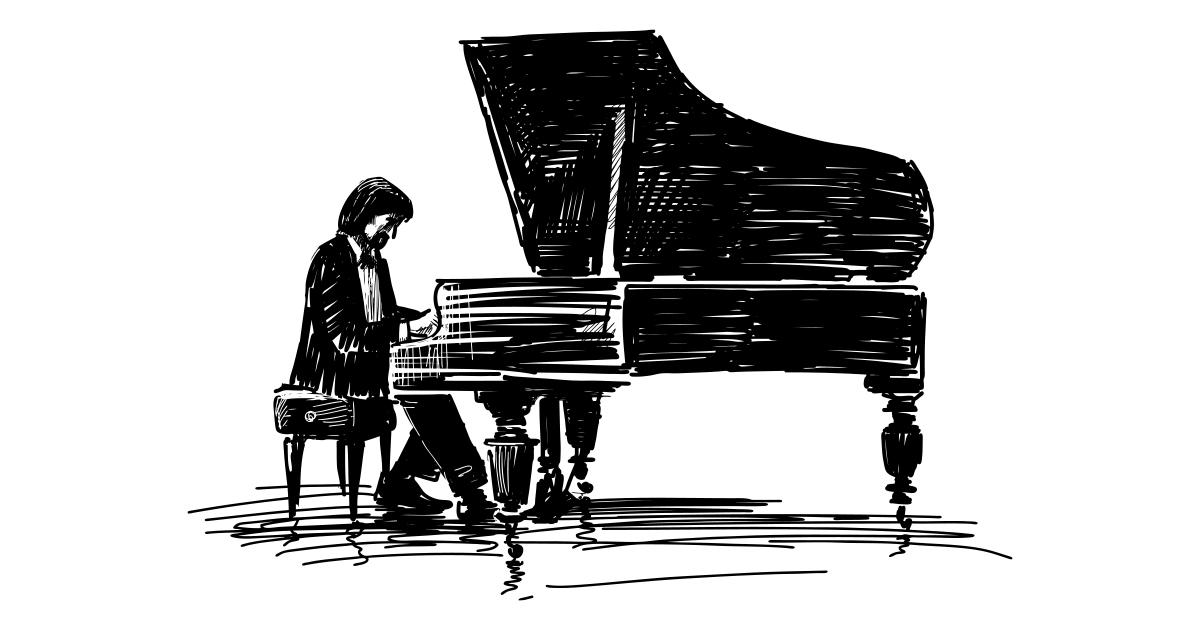
Classical music: A comparison of Polish and Spanish artists
Classical music is a rich and diverse world of sounds in which different cultural traditions express their emotions and ideas. Polish and Spanish composers have contributed much to this trend, creating unique styles that reflect their national heritage. In this article, we will compare the classical music of the two countries, highlighting the differences and similarities, as well as the themes they address.
Polish classical music Main figures
Polish classical music has a long and significant history, with composers such as Frédéric Chopin, Witold Lutoslawski and Karol Szymanowski being its key representatives.
Frédéric Chopin (1810-1849) is undoubtedly the most famous Polish composer. His music, full of emotion and lyricism, focuses mainly on the piano. Chopin introduced elements of Polish folklore into classical music, especially in his mazurkas and polonaises, making his compositions uniquely personal and national.
Witold Lutoslawski (1913-1994) was another significant artist who gained international recognition. Although he was inspired by Polish folklore, his work focused on innovative techniques such as aleatorism - the introduction of the element of chance into composition, which was one of the key achievements of his style.
Karol Szymanowski (1882-1937) also drew inspiration from Polish folklore, especially the music of Podhale, but also introduced elements of modernism and influences of impressionism, making his music more cosmopolitan and modern.
Themes and style
Polish classical music often refers to national themes and personal experiences. Chopin, for example, expressed a longing for Poland in his works, although not all of his works have direct national references. His mazurkas and polonaises refer to Polish folk dance, but many works, such as nocturnes and ballades, have a more universal appeal.
Lutosławski and Szymanowski experimented with form and technique, introducing new sounds and structures. Szymanowski, drawing on influences from folklore, introduced modern elements into his compositions, while Lutoslawski sought to create an innovative musical language, combining tradition with modernity.
Spanish classical music Main characters
Spanish classical music also has its icons, including composers such as Isaac Albéniz, Manuel de Falla and Joaquín Rodrigo.
Isaac Albéniz (1860-1909) is known for combining elements of Spanish folklore with classical techniques, especially in his works for piano, such as “Iberia.” His music often reflects the cultural diversity of Spain.
Manuel de Falla (1876-1946) combined folk traditions with modern compositional techniques. His works, such as “Noche en los jardines de España,” show the richness of Spanish folklore and culture, as well as the influence of French impressionism.
Joaquín Rodrigo (1901-1999) is best known for his “Concierto de Aranjuez,” in which he combines elements of flamenco and classical to create a unique sound that expresses the Spanish soul.
Themes and style
Spanish classical music often explores the richness of culture and tradition, reflecting the emotions and colors of Spain. Composers such as Albéniz and de Falla incorporated elements of Spanish dance into their works, giving their music a lively and rhythmic character. The themes of their works often relate to everyday life, mythology and Spanish history.
Differences and similarities
Differences
Style and form: Polish composers, especially Chopin, often focus on the piano and emotional expression. Spanish composers, such as Albéniz and Rodrigo, make greater use of a variety of instrumentation and rhythms, which gives their music a more dynamic, expressive character.
Themes: Polish classical music often focuses on personal emotions and national references, while Spanish music explores cultural richness and folklore. Spanish music, due to its strong traditional influences, is more diverse in sound and themes.
Similarities
Folklore Influences: Both Polish and Spanish classical music show strong influences from folklore. Chopin, Szymanowski, Albéniz and de Falla drew inspiration from traditional melodies and rhythms, making their music deeply rooted in national identity.
Emotional expression: Both musical traditions place great emphasis on expressing emotions. Both Polish and Spanish classical music can express joy, longing, love or sadness in a moving way, which gives them a universal appeal.
The classical music of Poland and Spain is a rich collection of diverse sounds that reflect the unique cultures and traditions of both countries. Despite differences in style, form and subject matter, the two traditions share strong influences of folklore and emotional expression. It is worth exploring the music of both Polish and Spanish composers to better understand their national identities and artistic visions.








